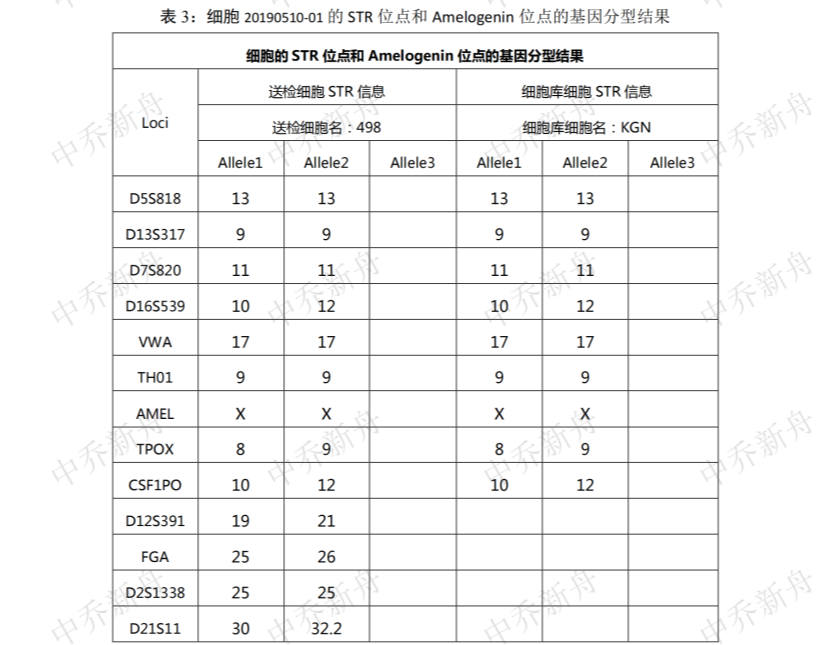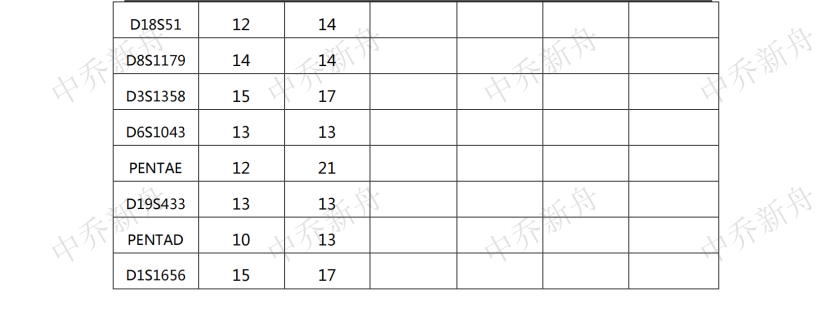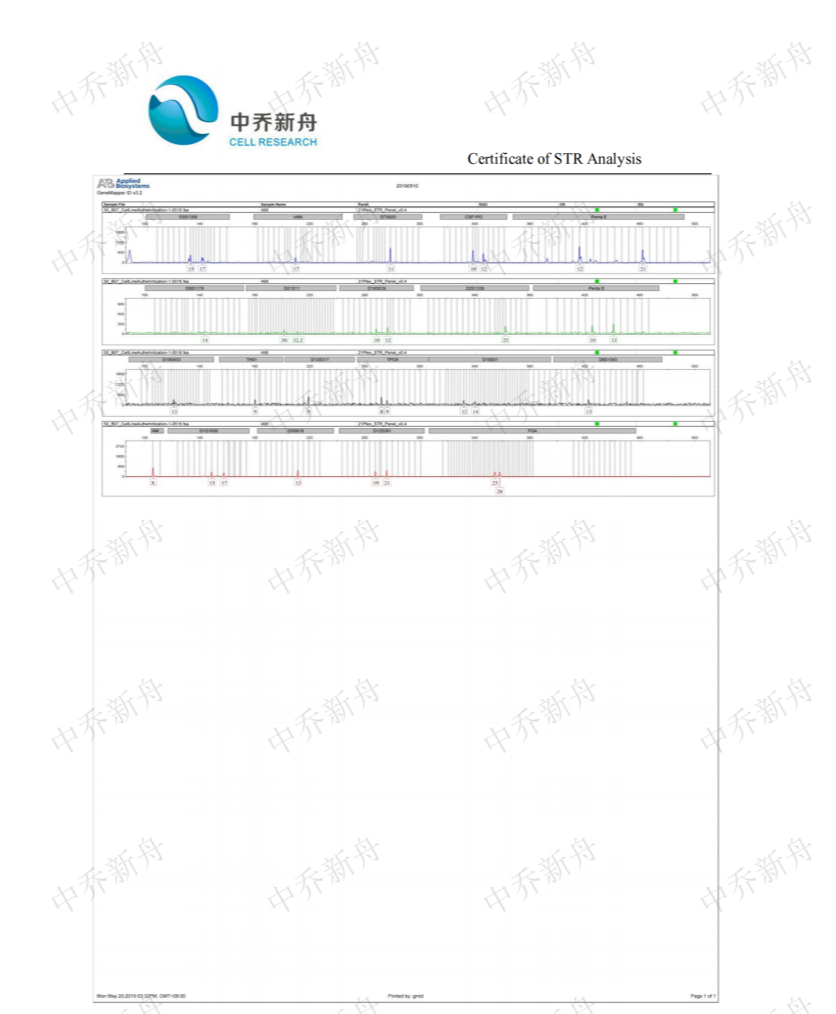|
产品名称 |
KGN 人卵巢颗粒细胞 |
|
货号 |
ZQ0916 |
|
产品介绍 |
KGN细胞是一种人卵巢颗粒细胞瘤组织的细胞系,源自一位63岁女性的卵巢颗粒细胞瘤组织。这些细胞具有颗粒细胞瘤的特性,是卵巢肿瘤中的一种。KGN细胞卵巢颗粒瘤是卵巢组织内的颗粒细胞,是卵泡的重要组成部分,参与着卵泡的正常发育和排卵过程。KGN细胞发生异常增生或突变时,就可能形成颗粒细胞瘤。kgn颗粒细胞瘤细胞形态呈现成纤维细胞样,生长缓慢,并且在特定条件下可能产生孕酮等激素。刺激FSH和hMG可提高芳香化酶活性。 这种细胞系在生殖生理学研究、卵巢肿瘤治疗研究、药物研发和筛选中有着广泛的应用。 |
|
种属 |
人 |
|
性别/年龄 |
女/63岁 |
|
组织 |
卵巢、腹膜 |
|
疾病 |
颗粒细胞瘤 |
|
细胞类型 |
肿瘤细胞 |
|
形态学 |
成纤维细胞样 |
|
生长方式 |
贴壁 |
|
倍增时间 |
大约46.4小时 |
|
培养基和添加剂 |
DMEM/F12(中乔新舟 货号:ZQ-600)+10%胎牛血清(中乔新舟 货号:ZQ500-A))+1%P/S(中乔新舟 货号:CSP006) |
|
推荐完全培养基货号 |
|
|
生物安全等级 |
BSL-1 |
|
STR位点信息 |
Amelogenin:X |
|
培养条件 |
95%空气,5%二氧化碳;37℃ |
|
抗原表达/受体表达 |
*** |
|
基因表达 |
*** |
|
保藏机构 |
RCB; RCB1154 |
|
供应限制 |
仅供科研使用 |
|
货号 |
ZQ0916 |
|
发货规格 |
活细胞:T25培养瓶*1瓶或者1ml 冻存管*2支(细胞量约为1x10^6 Cells/Vial)二选一 |
|
发货形式 |
活细胞:常温运输;冻存管:干冰运输 |
|
储存温度 |
活细胞:培养箱;冻存管:液氮罐 |
|
产地 |
中国 |
|
供应限制 |
仅供科研使用 |
论文标题: Human umbilical cord mesenchymal stem cell-derived exosomes inhibit ovarian granulosa cells inflammatory response through inhibition of NF-κB signaling in polycystic ovary syndrome
DOI: 10.1016/j.jri.2022.103638
发表时间: 2022-05-12
期刊: JOURNAL OF REPRODUCTIVE IMMUNOLOGY
影响因子: 4.054
货号: ZQ0916
产品名称: Human KGN cell line
原文链接: https://www.sciencedirect.com/science/article/pii/S016503782200167X
论文标题: MiR-383-5p promotes apoptosis of ovarian granulosa cells by targeting CIRP through the PI3K/AKT signaling pathway
DOI: 10.1007/s00404-022-06461-z
发表时间: 2022-02-28
期刊: ARCHIVES OF GYNECOLOGY AND OBSTETRICS
影响因子: 2.344
货号: ZQ0916
产品名称: steroidogenic human ovarian granulosa-like tumor cell line KGN
原文链接: https://link.springer.com/article/10.1007/s00404-022-06461-z
PubMed=11145608; DOI=10.1210/endo.142.1.7862
Nishi Y., Yanase T., Mu Y.-M., Oba K., Ichino I., Saito M., Nomura M., Mukasa C., Okabe T., Goto K., Takayanagi R., Kashimura Y., Haji M., Nawata H.
Establishment and characterization of a steroidogenic human granulosa-like tumor cell line, KGN, that expresses functional follicle-stimulating hormone receptor.
Endocrinology 142:437-445(2001)
PubMed=15541573; DOI=10.1016/j.mce.2004.04.018
Havelock J.C., Rainey W.E., Carr B.R.
Ovarian granulosa cell lines.
Mol. Cell. Endocrinol. 228:67-78(2004)
PubMed=18980698; DOI=10.1186/1471-2407-8-319
Imai M., Muraki M., Takamatsu K., Saito H., Seiki M., Takahashi Y.
Spontaneous transformation of human granulosa cell tumours into an aggressive phenotype: a metastasis model cell line.
BMC Cancer 8:319.1-319.10(2008)
PubMed=19956657; DOI=10.1371/journal.pone.0007988
Schrader K.A., Gorbatcheva B., Senz J., Heravi-Moussavi A., Melnyk N., Salamanca C.M., Maines-Bandiera S.L., Cooke S.L., Leung P.C.K., Brenton J.D., Gilks C.B., Monahan J., Huntsman D.G.
The specificity of the FOXL2 c.402C>G somatic mutation: a survey of solid tumors.
PLoS ONE 4:E7988-E7988(2009)
PubMed=20098707; DOI=10.1371/journal.pone.0008789
Benayoun B.A., Caburet S., Dipietromaria A., Georges A., D'Haene B., Pandaranayaka P.J.E., L'Hote D., Todeschini A.-L., Krishnaswamy S., Fellous M., De Baere E., Veitia R.A.
Functional exploration of the adult ovarian granulosa cell tumor-associated somatic FOXL2 mutation p.Cys134Trp (c.402C>G).
PLoS ONE 5:E8789-E8789(2010)
PubMed=20164919; DOI=10.1038/nature08768
Bignell G.R., Greenman C.D., Davies H., Butler A.P., Edkins S., Andrews J.M., Buck G., Chen L., Beare D., Latimer C., Widaa S., Hinton J., Fahey C., Fu B.-Y., Swamy S., Dalgliesh G.L., Teh B.T., Deloukas P., Yang F.-T., Campbell P.J., Futreal P.A., Stratton M.R.
Signatures of mutation and selection in the cancer genome.
Nature 463:893-898(2010)



 上海中乔新舟生物科技有限公司
上海中乔新舟生物科技有限公司